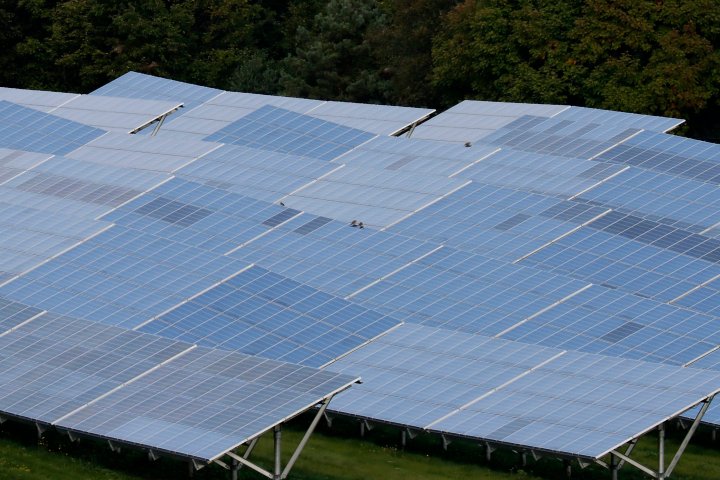On June 10, 2021, a rare solar eclipse occurred in Ontario, Canada, leaving many residents in awe of the celestial event. However, this natural phenomenon also had an unexpected impact on the province’s electricity grid.
According to the Independent Electricity System Operator (IESO), the eclipse caused a significant drop in solar power production, resulting in a decrease of approximately 3,000 megawatts (MW) of electricity. This drop was equivalent to the power generated by three nuclear reactors or six large natural gas-fired power plants.
The IESO had been closely monitoring the eclipse and had anticipated a decrease in solar power production. To prepare for this, they had called upon other sources of electricity, such as hydro and natural gas, to make up for the shortfall. This ensured that there was no disruption in the province’s power supply.
Despite the decrease in solar power production, the IESO reported that the province’s electricity demand was still met, thanks to the diverse mix of energy sources in Ontario’s grid. This is a testament to the reliability and resilience of the province’s electricity system.
The solar eclipse also provided a unique opportunity for the IESO to study the impact of solar power on the grid. With the increasing use of renewable energy sources, understanding their effects on the electricity system is crucial for maintaining a stable and sustainable grid.
In addition to the IESO, local utilities and solar power producers also closely monitored the eclipse’s impact on their systems. Some solar power producers even adjusted their operations to minimize the impact on the grid.
Overall, the solar eclipse in Ontario was not only a spectacular event to witness but also a valuable learning experience for the province’s electricity sector. It highlighted the importance of having a diverse mix of energy sources and the need for continued research and preparation for future celestial events.
As the eclipse came to an end and the sun’s rays returned to full strength, the province’s electricity grid returned to its normal state, providing reliable power to its residents. The IESO and other stakeholders will continue to analyze the data gathered during the eclipse to further improve the province’s electricity system.
In conclusion, the solar eclipse in Ontario may have caused a temporary decrease in solar power production, but it also showcased the province’s ability to adapt and maintain a stable electricity grid. It was a reminder of the importance of being prepared for unexpected events and the continuous efforts towards a sustainable energy future.



